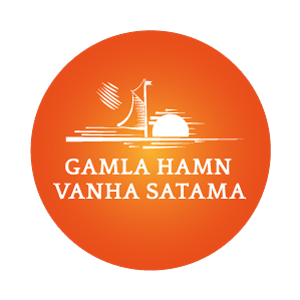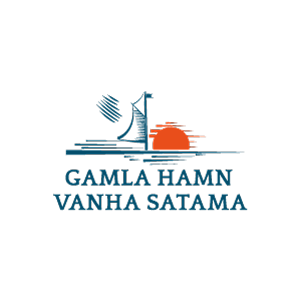Sorry, we couldn't find that page
If you entered a web address please check it was correct.
The English language version is under construction
We are currently in the process of translating all of the sites content to english.
Please come back later for complete content in English.
Error message: [Error 404 Not Found]

Shipyard – museum:
Open:
9.6 -1.8.2025 from 10:00 to 16:00
Admission:
Adults 10 €
Children 12-17 years 5 €
Children under 12 years free
The museum card is valid with us
Other times by appointment.
Call 050 5947814
Vega Foundation
info@vegastiftelsen.fi
Maria Lunabba tel: 050 594 7814
Vega Foundation tel: 044 242 2073
Visiting address:
Gamla Hamnvägen 19, Jakobstad
Postal address:
c/o Lunabba, Loveret 1 A, 68600 Jakobstad
Gamla Hamn i Jakobstad rf
gamlasatama@gmail.com
If you want to become a member of our association, contact us at gamlasatama@gmail.com
or call 050 5947814
Jakobstads Gamla Hamn Ab
peter.bostrom@datic.fi

 Svenska
Svenska Suomeksi
Suomeksi
